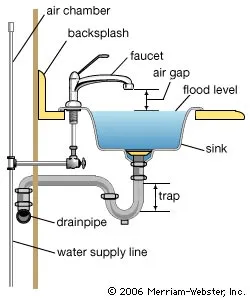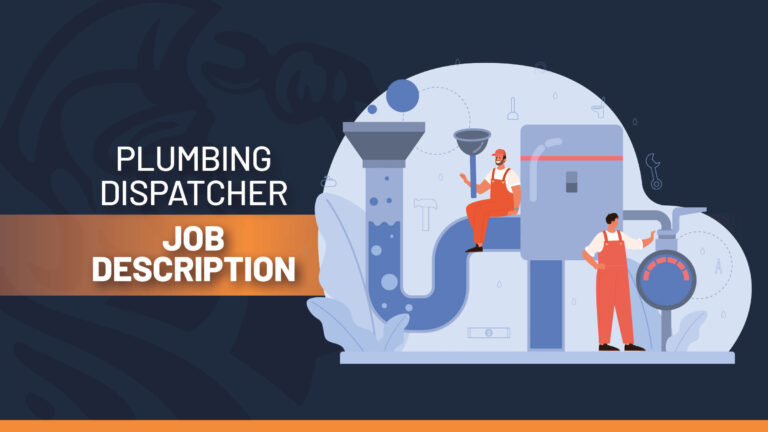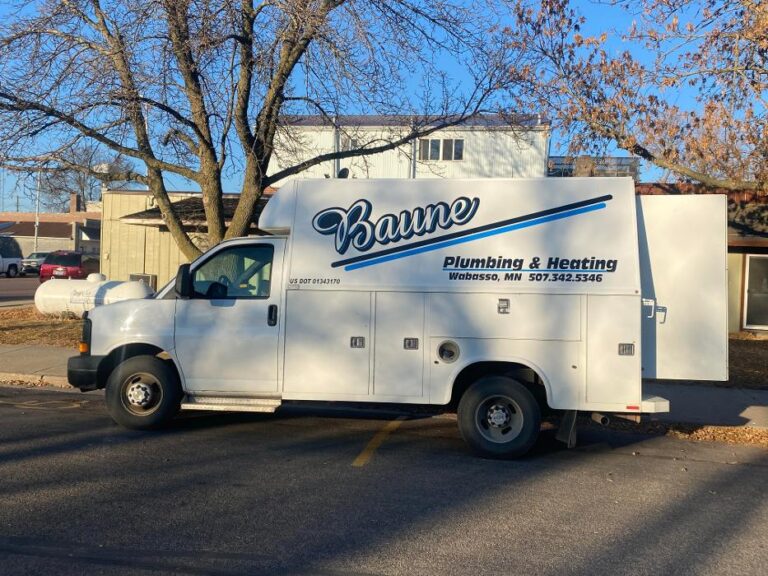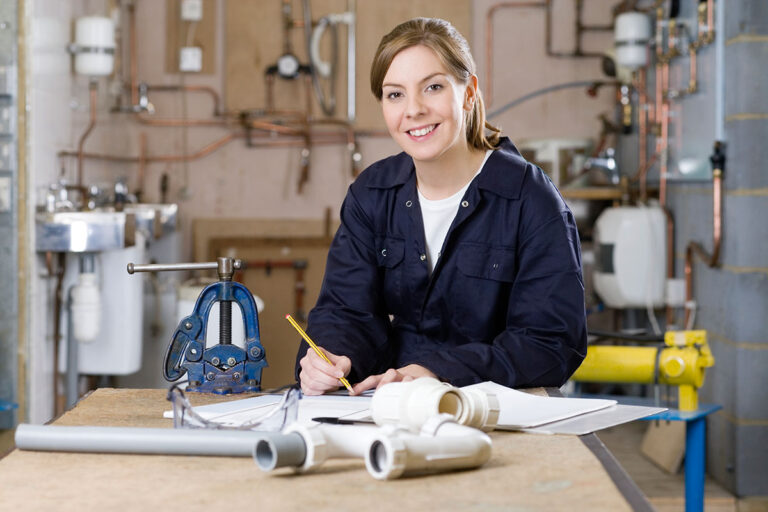What Is Water Supply In Plumbing?
Water supply in plumbing is the system of pipes, valves, outlets, and fixtures that allow potable water to be distributed throughout a structure. It is the backbone of any residential or commercial building, supplying water from the main water source to the various plumbing fixtures and appliances. Water supply plumbing is essential for virtually all aspects of human life, and its proper installation and maintenance is essential to ensure the health and safety of those who live and work in the building.
Definition of Water Supply in Plumbing
Water supply in plumbing is a key component of any home or commercial building, providing the necessary water for everyday tasks such as drinking, cleaning, and bathing. In a plumbing system, water is delivered to a building through pipes from a utility, such as a city’s water provider, or from a private well. From there, the water is distributed throughout the building and the fixtures that require it. In order to ensure that the water supply is both safe and adequate, plumbing systems must be properly designed, installed, and maintained.
Water supply in plumbing systems consists of two key components: the water delivery system and the water distribution system. The water delivery system is responsible for bringing water into the building from the utility or well, and includes the supply pipe, shut-off valves, and pressure relief valves. The water distribution system distributes the water throughout the building, and consists of the pipes, fittings, and fixtures that are used to transport water to the various outlets in the building.
Water supply in plumbing is essential to the functioning of any plumbing system, and it is important to make sure that the system is designed, installed, and maintained properly in order to ensure its safety and efficiency. With proper knowledge and care, a plumbing system can provide a continuous and reliable supply of water to a building for years to come.
Types of Water Supply Systems in Plumbing
When it comes to plumbing, having a reliable water supply system in place is key to a properly functioning home. Water supply systems come in a variety of shapes and sizes, each with their own unique benefits and drawbacks. From municipal systems to well water, understanding the different types of water supply systems can help you make an informed decision when it comes to choosing the right system for your home or business.
Municipal water supply systems are the most common type of water supply system in the United States. These systems are managed and maintained by local governments and are designed to provide reliable and safe drinking water to an entire community. The water is treated before it is distributed and is usually monitored for safety and quality.
Well water systems are another popular option for homeowners looking for a reliable water supply. These systems use an underground well to pump water from natural underground aquifers and reservoirs. These systems are generally more expensive to install and maintain, but they provide a reliable and safe source of water.
Rainwater harvesting systems are becoming increasingly popular amongst homeowners looking for an environmentally friendly and sustainable water supply. These systems collect and store rainwater from roofs and other surfaces and use it for non-potable purposes such as irrigation, washing, and cleaning. These systems are relatively inexpensive to install and maintain.
Finally, greywater systems are an increasingly popular option for homeowners looking for an efficient and environmentally friendly way to reduce water consumption. Greywater is water that is collected from household sources such as showers, sinks, and washing machines, and is reused for non-potable applications such as irrigation and washing.
Understanding the different types of water supply systems available is essential for making an informed decision and ensuring you have a reliable, safe, and cost-effective water supply. By learning more about the different types of systems available, you can make an informed decision and find the best system for your needs.
Components of Water Supply Systems in Plumbing
The plumbing system of a home is an essential feature as it provides a steady supply of water for daily use. Water supply systems are made up of several components that work together to ensure that water is delivered to all the necessary fixtures in a home. This includes water pipes, valves, fixtures, fittings, pumps, and other parts. Each of these components works together to deliver water efficiently and safely.
Pipes are the most important part of the water supply system as they are responsible for carrying the water from the supply source to the fixtures. Valves control the flow of water, allowing it to be diverted to different fixtures and shutting off water when needed. Fixtures are the points of use, such as faucets, showers, and toilets. Fittings are connectors that join the pipes to the fixtures, and pumps help to move the water throughout the system.
These components are essential for the water supply system to function properly. They are also important for water safety, as they help to prevent water pressure problems, contamination, and other issues. With proper maintenance, these components can ensure that the plumbing system of your home remains safe and reliable.

Benefits of Water Supply Systems in Plumbing
Plumbing is an integral part of our lives, and a water supply system is an important part of any plumbing system. Water supply systems provide clean, safe, and reliable water to our homes and businesses. These systems provide us with the convenience of having hot and cold water at our disposal, and the safety of knowing that our water is safe to drink. In this article, we will discuss the benefits of water supply systems in plumbing.
Water supply systems provide a reliable and safe source of water. They are designed to provide a steady supply of clean water, even during periods of drought or extreme weather. Water supply systems are designed to be energy-efficient, using only the energy necessary to keep the water flowing. They help to reduce the need for manual labor, and the costs associated with manual labor.
Water supply systems also provide us with hot and cold water. Hot water is great for washing dishes, laundry, and even taking a shower. Cold water is essential for drinking, cooking, and other uses. With a water supply system, you can easily adjust the temperature of the water to suit your needs.
Water supply systems also help to reduce energy costs. Because water supply systems are designed to use only the energy necessary to keep the water flowing, they help to reduce energy costs. This helps to reduce overall energy costs and helps to conserve energy.
Finally, water supply systems help to reduce the risk of water contamination. Water supply systems are designed to filter out contaminants, such as bacteria and viruses, before the water reaches the tap. This helps to ensure that the water is safe to use and drink.
In conclusion, water supply systems provide many benefits in plumbing. They provide a reliable and safe source of water, help to reduce energy costs, and help to reduce the risk of water contamination. Water supply systems are an essential part of any plumbing system, and they should be installed properly to ensure safety and efficiency.
Common Issues in Water Supply Systems in Plumbing
Plumbing is a vital part of any home or business. Without plumbing, we wouldn’t be able to enjoy the convenience of running water, or the luxury of modern bathrooms. But with all of the complexity that comes with plumbing, there are often problems with water supply systems. From leaky pipes to blocked drains, understanding the common issues in water supply systems in plumbing can help you diagnose and solve problems quickly and efficiently.
The most common issue with water supply systems is a leak. Even a small leak in a pipe can cause major damage to your home if it’s not addressed quickly. Leaks can be caused by a variety of factors, including corrosion, improper installation, or even age. If you’re not sure where the leak is coming from, contact a plumber to help you identify and repair the source of the leak.
Another common issue with water supply systems is clogged drains. Clogged drains can be caused by a variety of factors, including hair, soap, and grease buildup. If you’re having trouble with your drains, the best thing to do is to contact a professional plumber. They can help you identify the cause of the clog and provide a solution that will help you get your drains flowing again.
Finally, plumbing water supply systems can be affected by poor water pressure. Low water pressure can be caused by a variety of things, including blockages or leaks in the pipes. If you’re experiencing low water pressure, contact a plumber to help you diagnose the issue and find a solution.
Understanding the common issues with water supply systems in plumbing can help you diagnose and solve problems quickly and efficiently. By seeking help from a professional plumber, you can ensure that your plumbing is running smoothly and efficiently.
Tips for Maintaining Water Supply Systems in Plumbing
Water supply systems in plumbing are an essential part of any home or building. Poor maintenance of these systems can lead to a variety of problems that can be costly to fix. To maintain a healthy water supply system, there are a few simple steps you can take.
First, it is important to regularly inspect your plumbing system for any signs of leaks or damage. This can be done by visually inspecting your pipes and fixtures, as well as using a water pressure gauge to check the pressure in your system. If there is a problem, it is important to address it right away to prevent further damage.
Second, it is important to regularly clean your pipes and fixtures. This can be done by using a mixture of vinegar and baking soda, or a specialized cleaning solution, which can help remove any built-up sediment or debris in the pipes. Additionally, you should regularly check the valves that control the flow of water in your system, as any loose or leaking valves can reduce the water pressure in your system.
Finally, it is important to regularly check the water pressure coming into your system. A pressure gauge can be used to measure the pressure coming into the system, and if the pressure is too low, it can be increased with a pressure regulator. Additionally, if your system is not producing sufficient pressure, it may be necessary to upgrade the water supply lines to the building.
By taking these steps, you can ensure that your water supply systems in plumbing remain in good shape and provide ample water throughout the building. Regular maintenance and inspection of your water supply systems are essential for preserving the integrity and functionality of your plumbing.
FAQs About the What Is Water Supply In Plumbing?
1. How does water supply in plumbing work?
Water supply in plumbing is the system of pipes, valves, and fixtures used to deliver water to a building for various purposes. The water supply system typically includes a main supply line that runs from the water source to the building, and a series of smaller pipes that branch off from the main line to provide water to individual fixtures such as showers, sinks, and toilets.
2. What is a backflow preventer?
A backflow preventer is a device installed in the water supply line that prevents contaminated water from flowing back into the water supply system. The device works by creating a physical barrier that prevents water from flowing backwards and protects the public water supply from contamination.
3. What is a water pressure regulator?
A water pressure regulator is a device installed in the water supply line that regulates the pressure of the water coming into the building. The regulator keeps the pressure at a safe, consistent level to prevent damage to plumbing fixtures and pipes.
Conclusion
The water supply in plumbing is an essential part of any home. It provides clean and safe water to the home and is responsible for providing the hot and cold water for all of the fixtures in the home. A properly functioning water supply system is essential to having a healthy and safe home. It is important to maintain and inspect the water supply regularly to prevent any problems. With proper maintenance, the water supply system should provide many years of reliable service.







